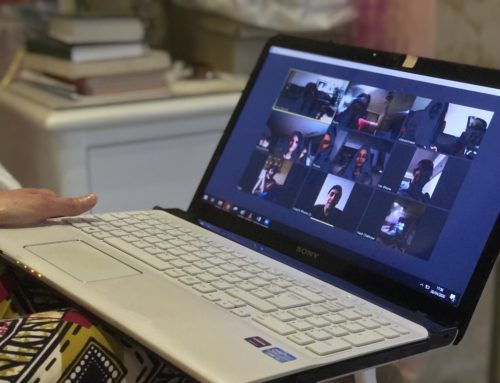
Flickr Creative Commons photo by fotologic.
Sometimes, bad things happen to good organizations.
Because of this, even the best-run nonprofits need to have a crisis communications plan.
A crisis communications plan ensures that you are ready if your organization is ever thrown into a situation when the news is bad — and a slow or ill-informed response can make the situation even worse.
You never know when your nonprofit might see one of its most prominent donors get trapped in a scandal, discover one of its board members has engaged in #metoo behavior, or have its operations disrupted by an unfortunate disaster.
But you can be ready to respond quickly and appropriately.
Here’s how:
Create a crisis team
Your organization should have a designated crisis team that you can mobilize quickly if needed.
Typically, this group will include your:
- CEO/executive director
- head of communications
- board chair
Some organizations choose to include other top executives and/or its legal counsel as part of this team.
It is also good practice to engage an independent PR or crisis communication professional who can provide objective insights and advice. This can be particularly useful in the extremely unfortunate case in which a member of your designated crisis team is the focus of a controversy.
This group should be considered always on call and empowered to make rapid decisions about how it should handle a crisis.
Because crises don’t always happen between 9 a.m. and 5 p.m. on weekdays, contact information for this group should be at the fingertips of your communications director or top executive — and members of this team should be informed in advance that they could receive a midnight phone call if needed.
With any luck, that midnight call never happens.
But it’s important to make sure you’re ready in case it does.
Have designated spokespeople
Your crisis team should include a short list of spokespeople who are empowered to speak on your behalf. Often, the first person on this list is your top executive.
In some cases, though, you might choose to have your communications lead or your board chair fill this role. And, in every case, you should have a backup identified in the event your top executive is unavailable or somehow compromised.
He or she should be prepared to face tough questions and be briefed on the facts before taking questions. Whoever fills these roles should have some experience in front of the camera — and you might consider providing them with media training so he or she is equipped to handle the heat.
Having your spokespeople identified and ready to go positions you to be able to respond quickly — and it helps prevent having multiple people offering conflicting or incomplete messages.
Develop key messages ahead of time
One of the biggest — and most dangerous — challenges in a crisis is getting consensus on what to say.
And in a situation where every minute counts, you need to be able to develop your talking points quickly.
One way to do that is to have key messages already written and ready to go.
These messages should validate what your organization stands for — and they can be developed in anticipation of some potential crises.
You obviously won’t know the details for a crisis hopefully never happens, but you can have some key messages teed up and ready to go that you can quickly customize, if needed.
Have a media kit
In crises, it’s also important to provide context.
Your organization does great work and has a mission — don’t be afraid to make the media and the public aware of what you do and why you do it.
At the very least, you should develop a fact sheet about your organization ahead of time that outlines what you do, your outcomes, and other vital information about how you operate (including facts about your budget, your history, etc.). Make it as easy as possible for the media and your supporters to have context and information that helps people understand who you are and what you do.
Keep this information up to date and have it at the ready whenever you are talking to a member of the media — whether it’s for a positive story or during a crisis.
Think across multiple channels
It’s not enough to think about how to respond to reporters during a crisis, you should also be prepared to communicate through social media, email, and other channels.
Getting your message out quickly to your supporters and donors can help assure them you have things under control and help them know what to say if they face questions.
What’s more, you need to be prepared and equipped to respond to appropriate questions and criticism on social media.
Be ready to move quickly
Crises tend to disappear more quickly when you get in front of the story, acknowledge your mistakes, and show that you’re moving forward.
Hopefully, you never have to follow this advice. But if your organization ever faces a controversy, planning ahead and being upfront can help you deal with it quickly and responsibly.





